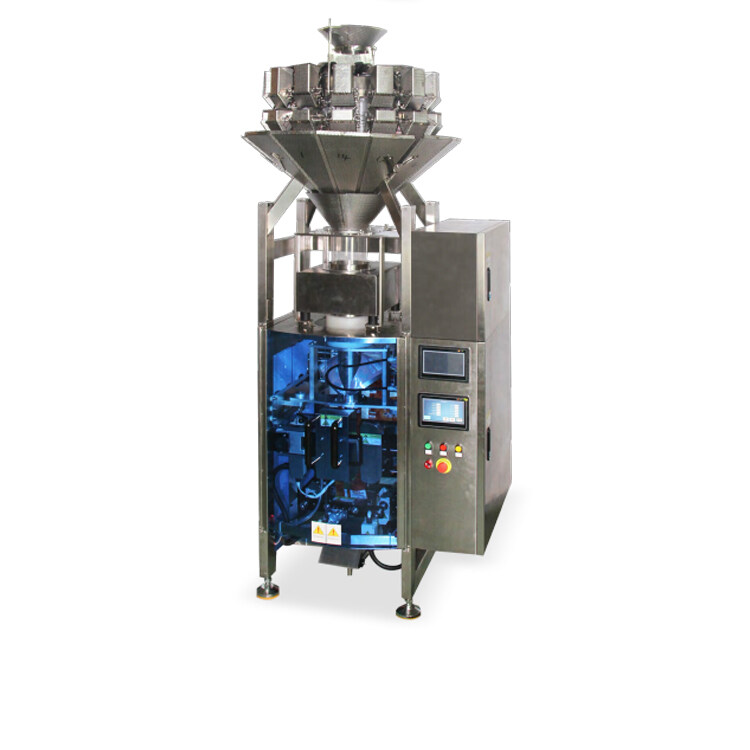Snack Packing Machines: Efficiency, Applications, and Impact on the Food Industry
Introduction
Snack packing machines are the unsung heroes of the food industry, revolutionising the way we package and preserve our favourite snacks. In this comprehensive blog post, we will delve deeper into the world of snack packing machines. We'll explore their primary application areas, the economics behind them, their adaptability to different snacks, the role of automation in enhancing production efficiency, their remarkable impact on reducing food waste, and their significant market presence in the global food industry.
Main Application Areas
Snack packing machines are versatile and cater to a variety of snack types, including but not limited to:
- Potato chips
- Popcorn
- Nuts and seeds
- Candy and chocolates
- Dried fruits
- Snack bars
Their ability to handle diverse snacks makes them indispensable in the packaging process.
Cost Considerations
The cost of a snack packing machine varies widely based on factors such as capacity, features, and automation. Smaller, semi-automated models can start at a few thousand dollars, while larger, fully automated systems can reach several hundred thousand dollars. It's an investment that can significantly impact a company's production efficiency and profitability.
Adaptability to Different Snacks and Sizes
Snack packing machines are designed with versatility in mind. They often come equipped with adjustable settings, accommodating various packaging materials and sizes. This adaptability ensures that snacks of all shapes and sizes can be efficiently packaged.
Automation and Production Efficiency
The level of automation in snack packing machines can make or break a production line's efficiency. Highly automated machines reduce the need for manual labour, increase output, minimise human errors, and ultimately contribute to a more streamlined production process.
Waste Reduction and Freshness Preservation
One of the most significant benefits of snack packing machines is their ability to reduce food waste and maintain freshness. By creating sealed, airtight packages, these machines extend the shelf life of snacks, reducing spoilage and waste throughout the supply chain and at the consumer level.
Hygiene and Quality Assurance
Ensuring hygiene and product quality is paramount in food packaging. Snack packing machines are built with food-grade materials and feature easy-to-clean surfaces, meeting the highest standards for hygiene and product quality.
Market Share in the Global Food Industry
Snack packing machines constitute a substantial portion of the food packaging machinery market. With the ever-increasing global demand for packaged snacks, these machines play a vital role in shaping the food industry's landscape. Their continued innovation and adoption contribute to the industry's growth and competitiveness on a global scale.
Conclusion
Snack packing machines have revolutionised the food industry by providing cost-effective, efficient packaging solutions while simultaneously reducing food waste and preserving product quality. Their adaptability, automation capabilities, and significant market presence position them as indispensable tools for snack manufacturers looking to thrive in a rapidly evolving global market. As technology continues to advance, snack packing machines will remain at the forefront of shaping the future of the snack industry, ensuring that our favourite treats reach us in perfect condition.


